The champagne-producing region was delimited in 1927 and occupies an area of 32 thousand hectares (the oldest and largest demarcated region of the Douro was created in 1756 and occupies 250 thousand hectares).
The name Champagne’ is an AOC, the strictest Designation of Origin used in France, equivalent to the DOC used in Portugal. The indication “AOC” never appears on the labels of champagne bottles, as all wines with the original name “Champagne” are produced in the region, following the legislation.[1] This is the only appellation, along with that of Cognac, which is exempt from this mention, as it is the only region whose wines are all classified (all other regions sell DOC wines and subclassified wines).
The word “champagne” is also protected with great vigilance, and can only be used in the region’s original wines. Any similar wine, even produced by the champagne method in other places or countries, with the exception of Uruguay, can only be called “sparkling” and never “champagne”.
Thus, the commune of Champagne, with 660 inhabitants, located in the canton of Vaud, Switzerland, had to refrain from mentioning the name of Champagne in the (non-sparkling) wines produced in its territory – of 28 hectares – according to an international agreement between the Switzerland and the European Union in December 1998.
For the same reason, the firm Yves Saint-Laurent had to stop launching a perfume it had called Champagne. The name of the perfume was finally changed, being marketed under the name Yvresse.
However, especially in the United States, it is common for sparkling wines to have the inscription “champagne” or “american champagne” on the label, a practice that is opposed, for example, by the Champagne Bureau. In Brazil, some Gaucho sparkling wine producers obtained, in the 1970s, authorization from the Federal Supreme Court, the highest court in Brazil, to keep the appellation “champagne” on their labels, alleging that they produced the wine before the 1927 regulation Among those producers who obtained authorization, is the company Peterlongo.
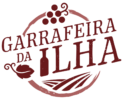

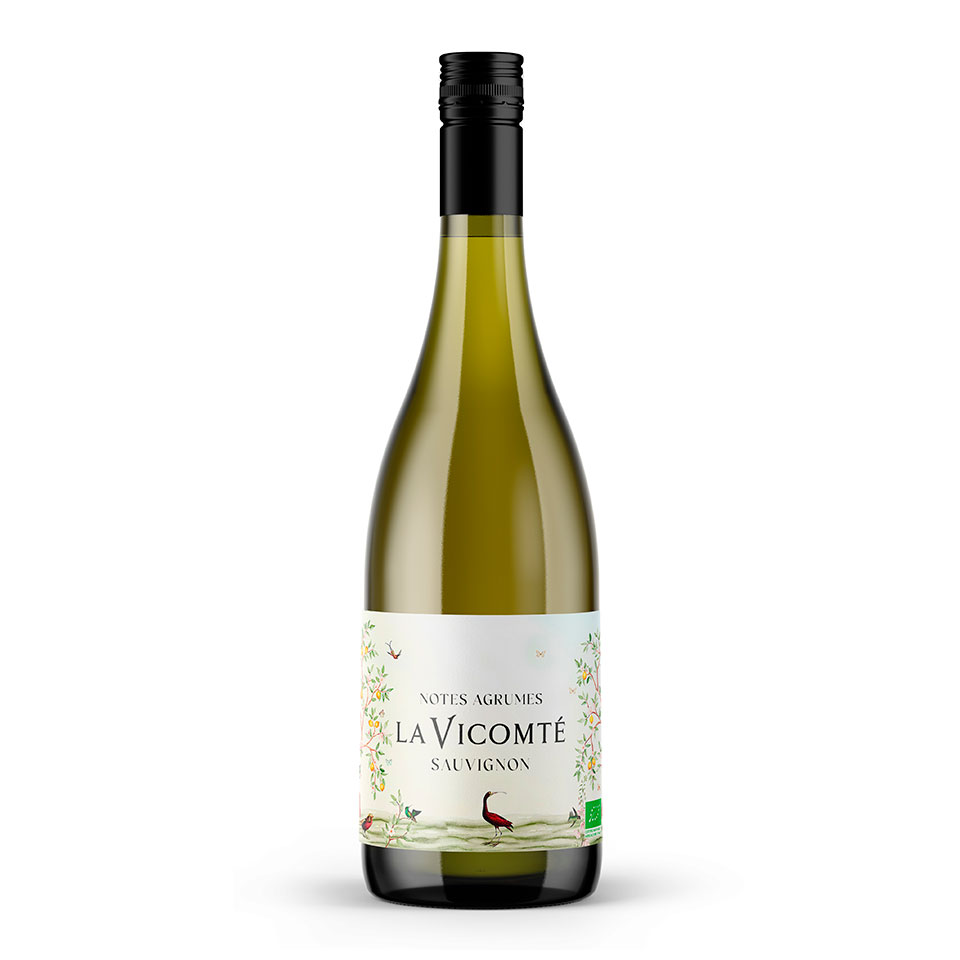
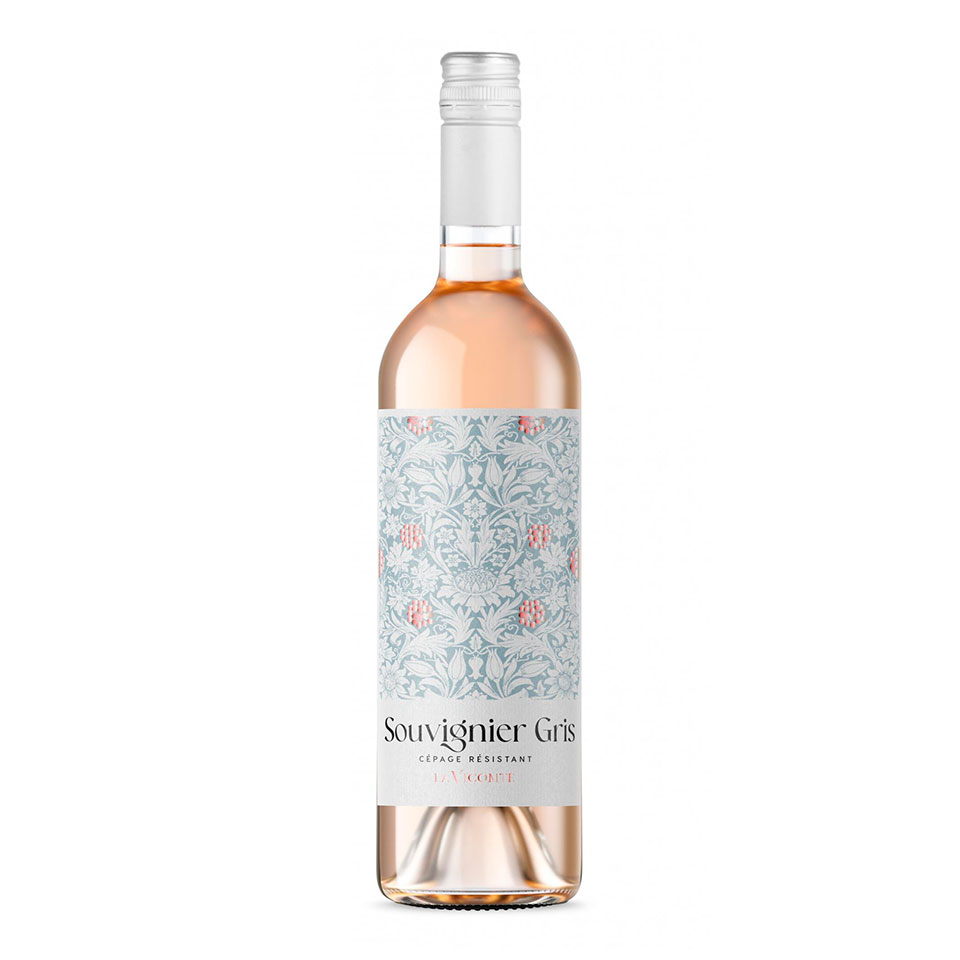
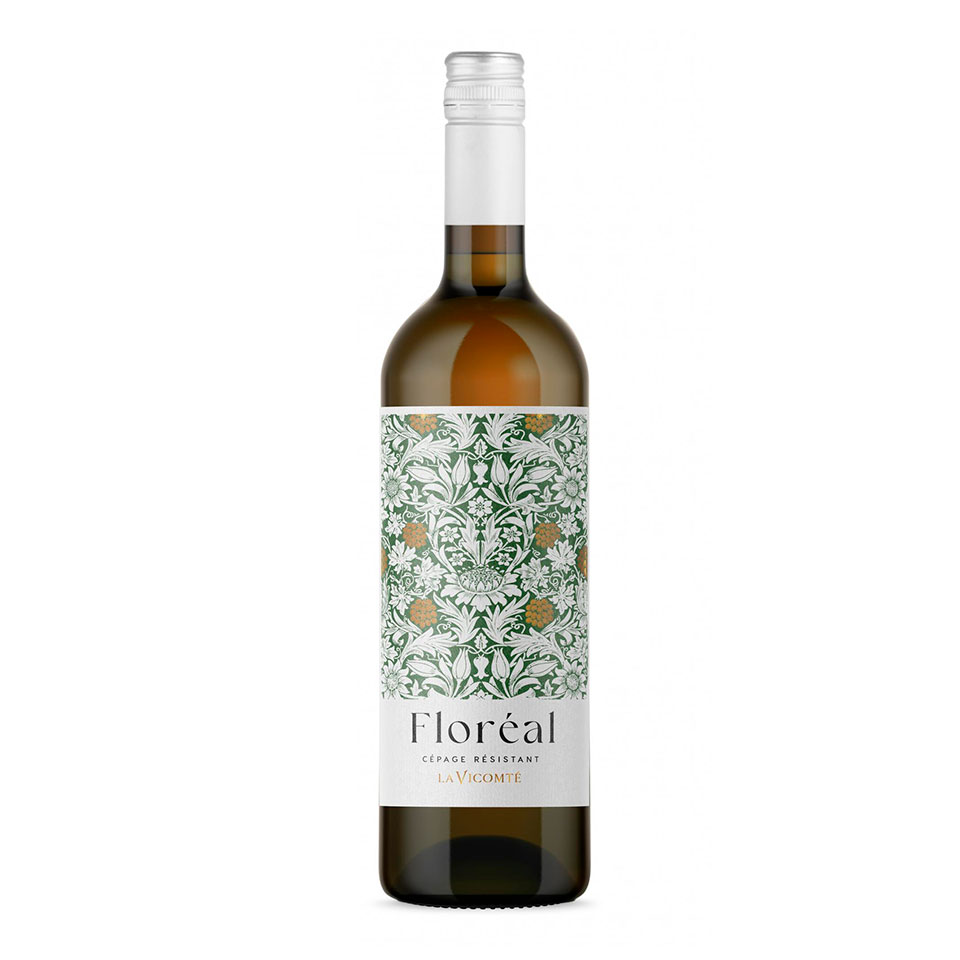
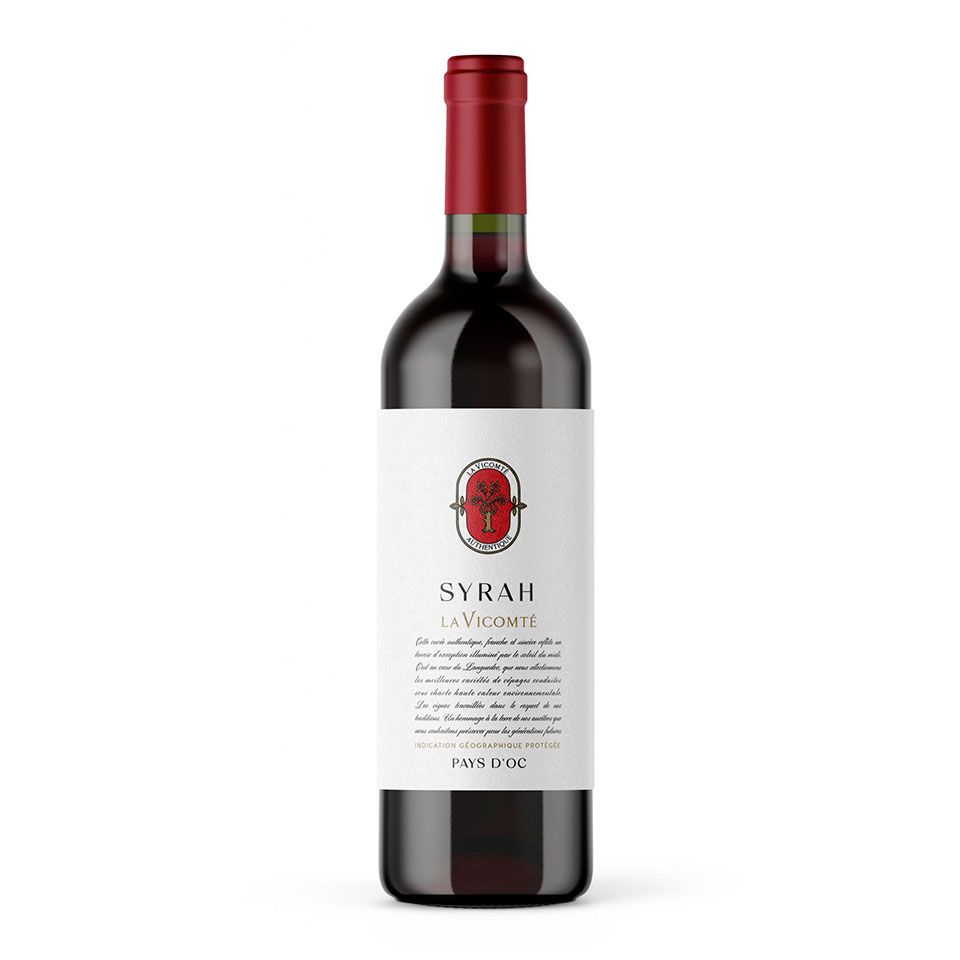
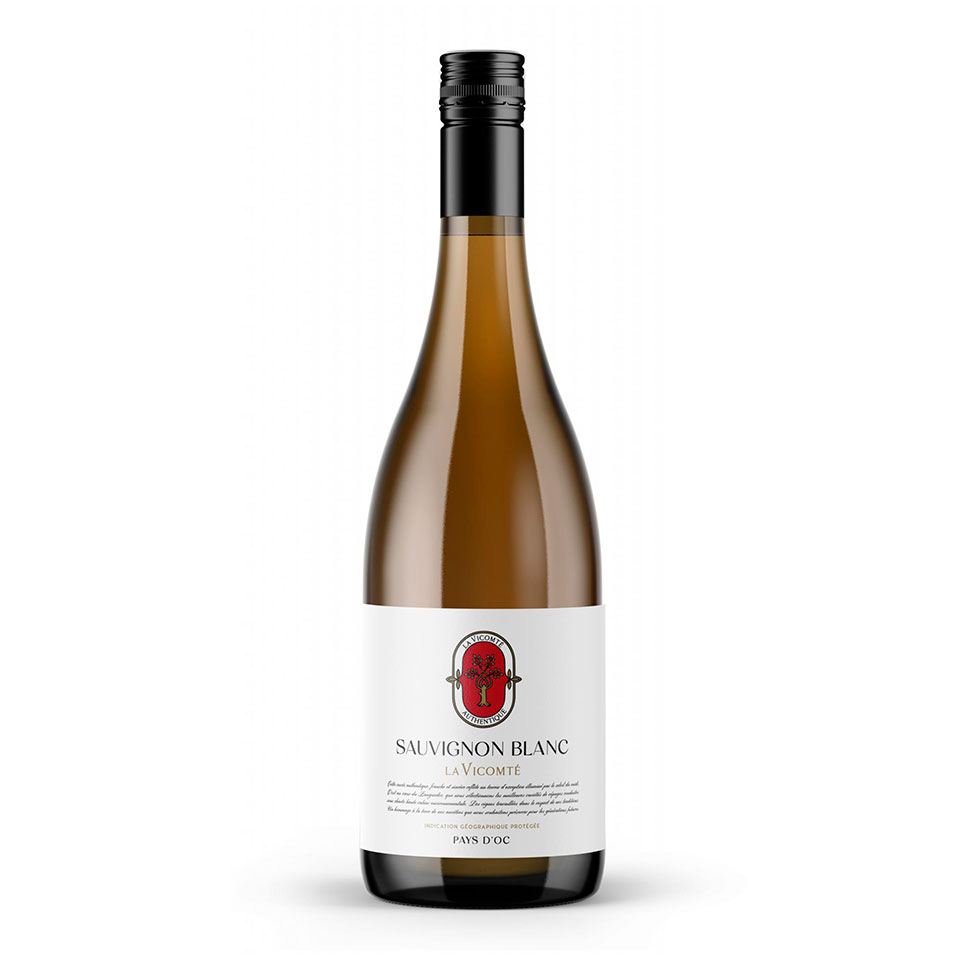
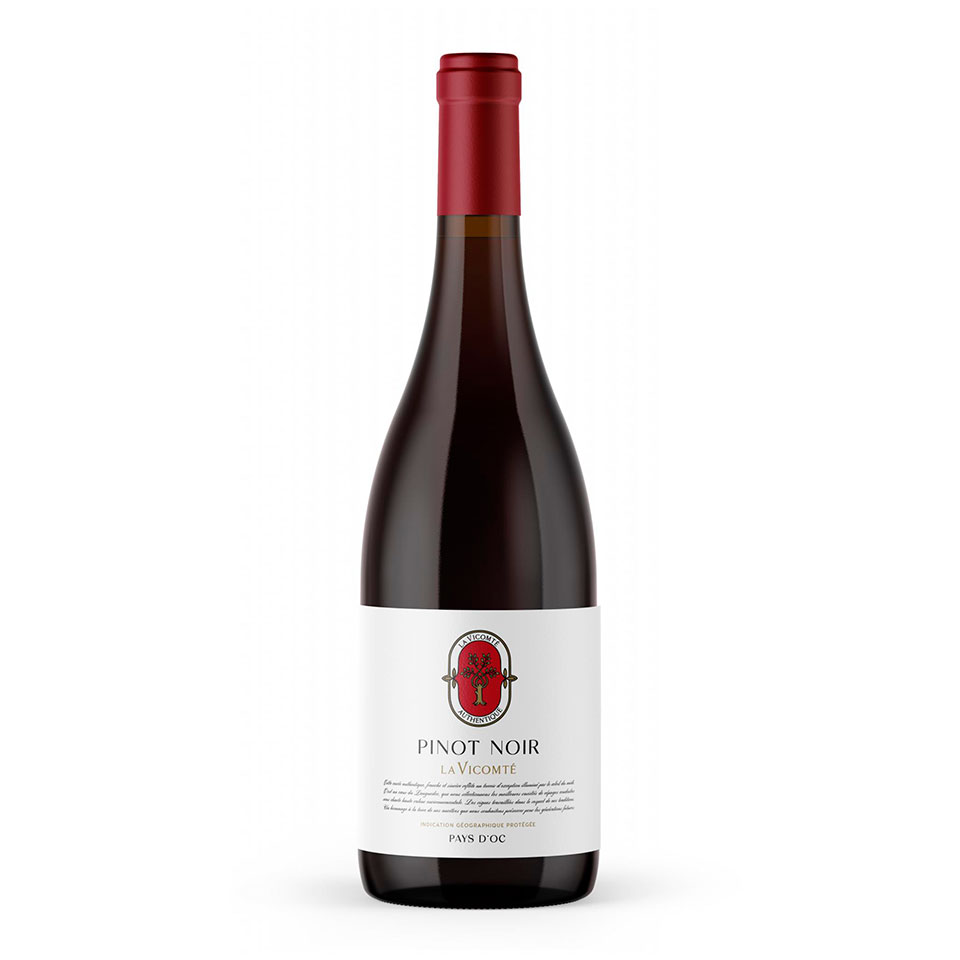
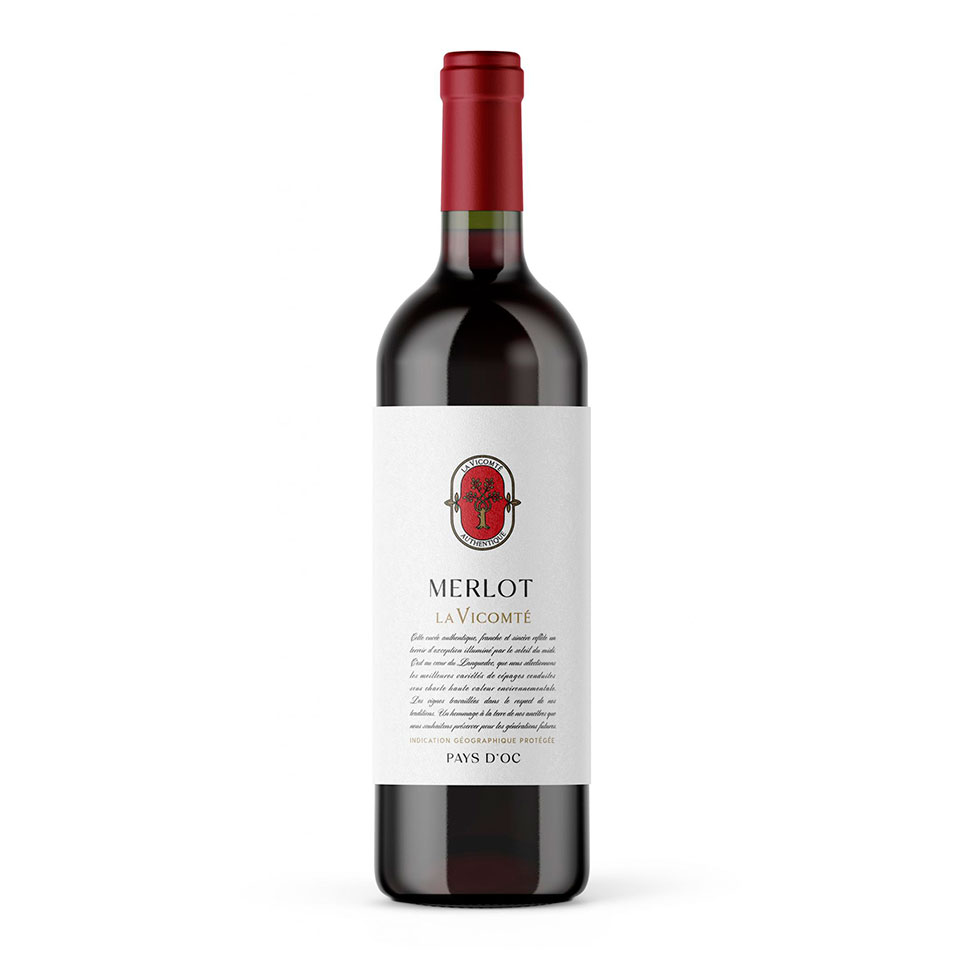
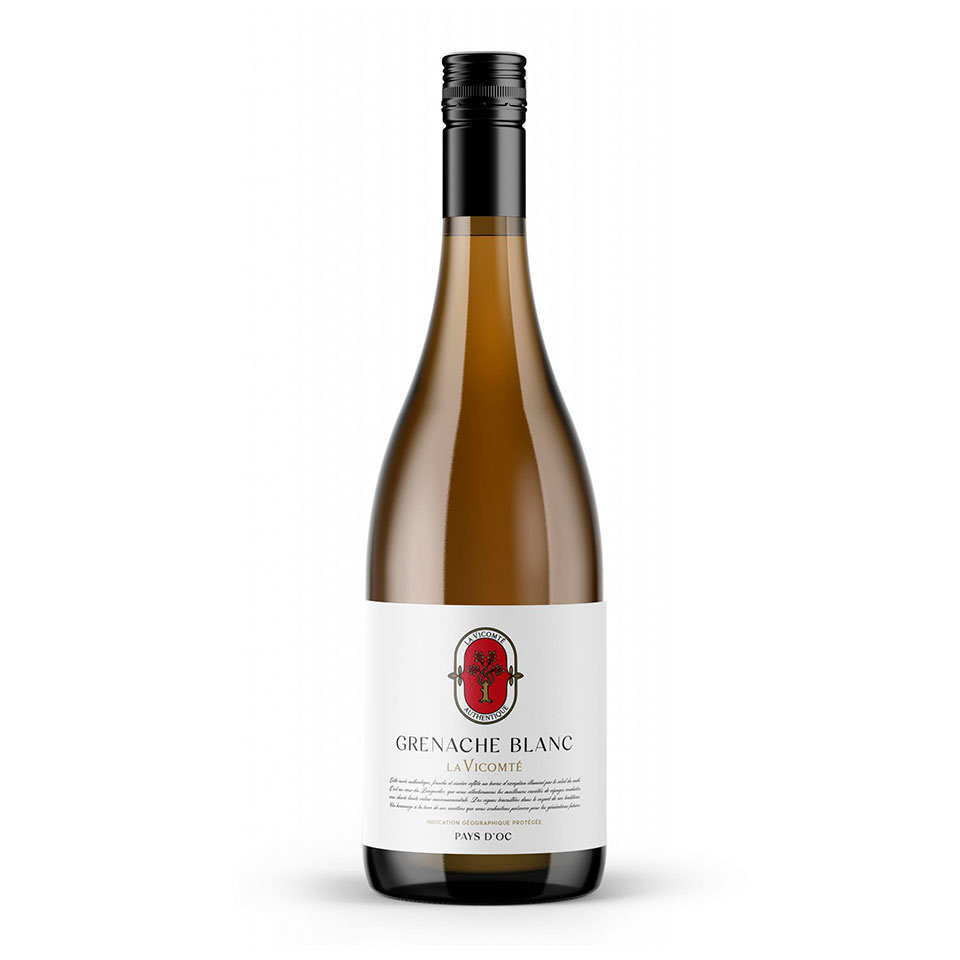
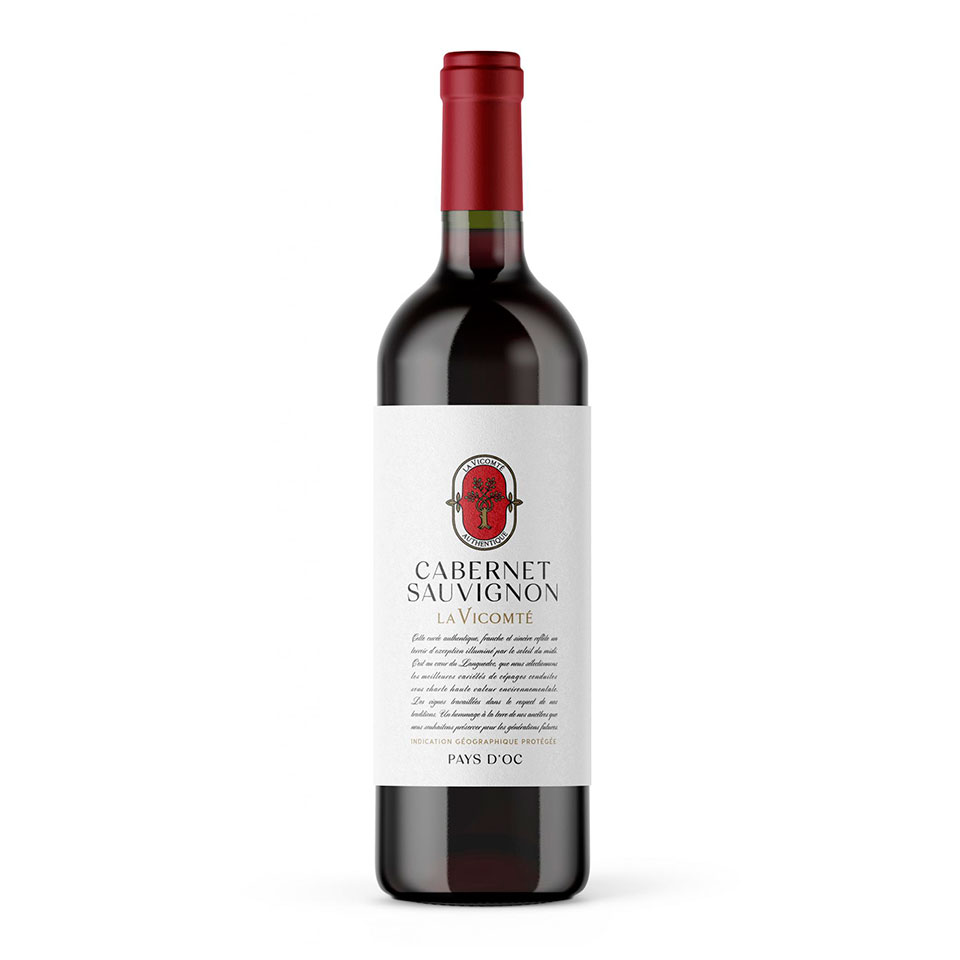
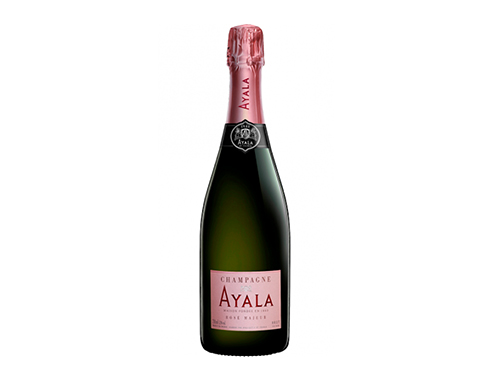
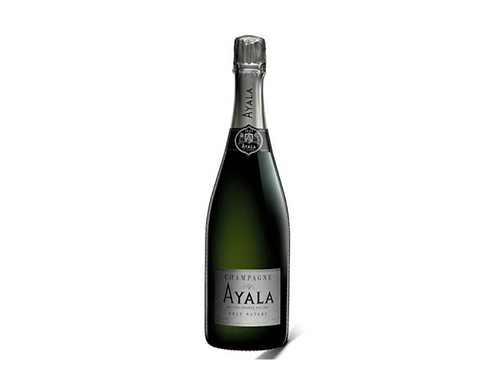
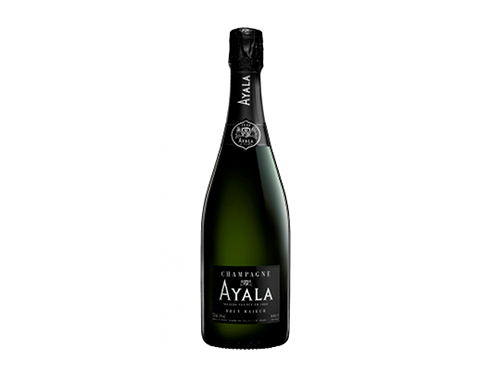
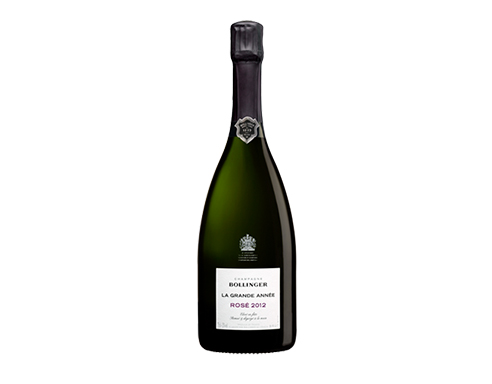
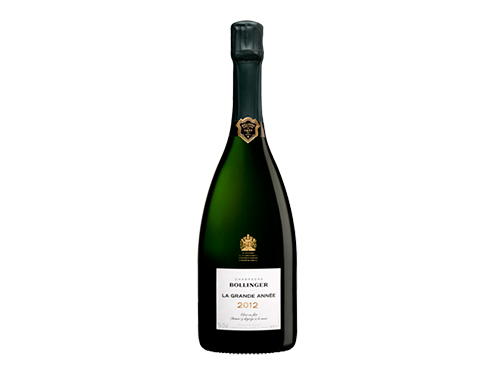
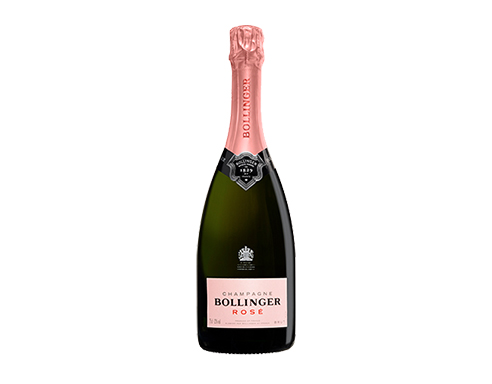
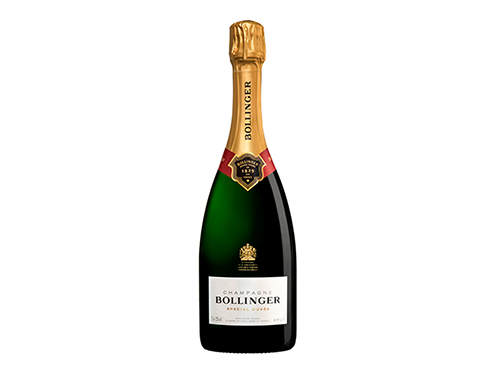
Organic Notes Cabernet Sauvignon
€14.99€5.99Ler mais